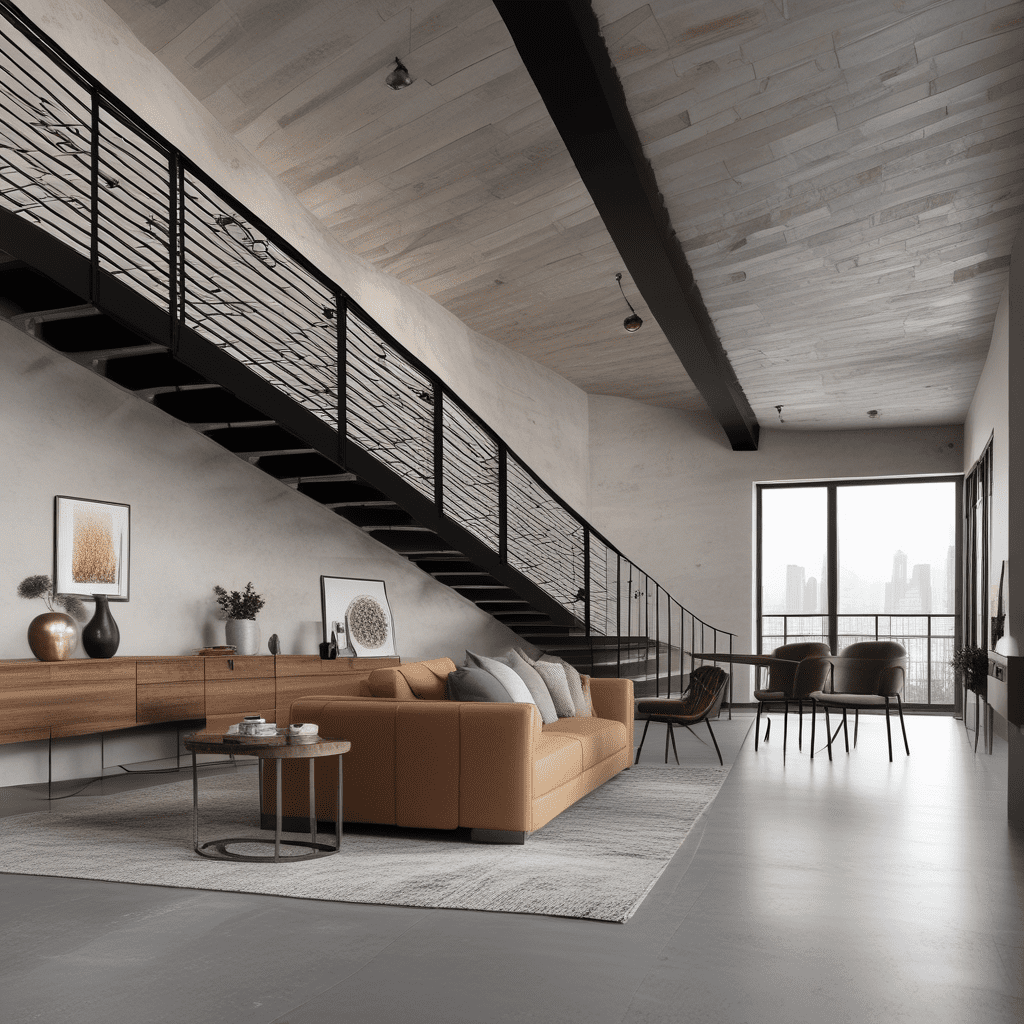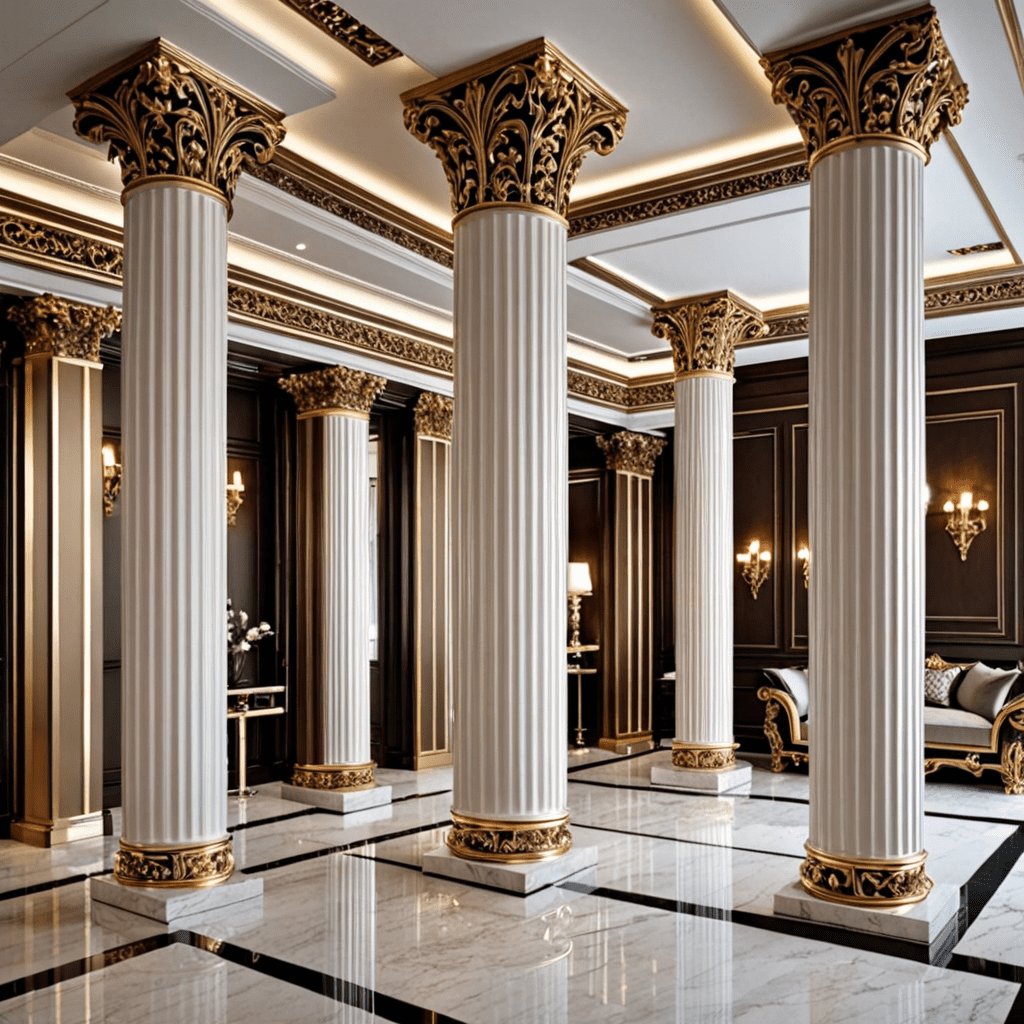Historic Preservation Techniques: How to Preserve Your Historic Home
Introduction to Historic Preservation Techniques
Preserving the charm and character of historic homes is a rewarding endeavor that allows us to honor the past while creating a comfortable and aesthetically pleasing living space. Historic preservation techniques are essential in maintaining the authenticity and integrity of these cherished architectural treasures. In this article, we will explore key elements of historic preservation techniques, offer practical tips for selecting furniture pieces, and answer frequently asked questions to guide you on your preservation journey.
Key Elements of Historic Preservation Techniques
Element 1: Research and Documentation
Before embarking on any preservation project, it is crucial to conduct thorough research about the history and architectural style of your home. Understand the period-specific features, materials, and techniques that were used during its construction. Collecting photographs, architectural plans, and any available historical documents will provide valuable insights into the original design and guide your preservation efforts.
Element 2: Conservation and Restoration
When it comes to historic preservation, the goal is not to make everything look brand new, but rather to conserve and restore the existing elements. Conservation involves carefully maintaining the original features by minimizing damage, preventing deterioration, and implementing appropriate maintenance practices. Restoration, on the other hand, focuses on returning a building or element to its original condition, often using historical evidence as a reference.
Element 3: Preservation of Materials
Preserving the original building materials is paramount in maintaining the historical accuracy of a home. Whenever possible, retain and repair original materials rather than replacing them. For example, if a wood floor has become worn or damaged over time, consider refinishing it rather than replacing it with a modern alternative. This approach not only preserves the authenticity but also adds value to the property.
Element 4: Adaptive Reuse
Adaptive reuse is a crucial aspect of historic preservation, especially when converting an older building for modern use. Rather than demolishing historic structures, finding new and creative functions for them allows us to preserve their historical significance while ensuring their relevance in today’s world. Adaptive reuse projects can transform old factories into trendy loft apartments, or repurpose a historic school building as a community center, breathing new life into these architectural gems.
Element 5: Community Engagement
Historic preservation is not a solitary endeavor but a collective effort that requires community engagement. Engage with local historical societies, preservation organizations, and experts to gain insights, share knowledge, and advocate for the preservation of historic buildings. Building a community of like-minded individuals who share a passion for preserving our architectural heritage can provide invaluable support and resources throughout your preservation journey.
Tips for Historic Preservation Techniques
Now that we have explored the key elements of historic preservation, let’s delve into some practical tips for selecting furniture pieces that complement your historic space:
- Consider the Size: Take measurements of your rooms and consider the scale of the furniture pieces you plan to incorporate. Oversized furniture may overpower a small room, while undersized pieces may look out of place in a larger space.
Respect the Era: Choose furniture styles and designs that align with the period of your home. Look for antique or vintage pieces that reflect the architectural style of your house. This careful selection will ensure harmony between the historic elements and the new additions.
Quality and Craftsmanship: Seek out well-crafted furniture pieces made from quality materials. Authenticity and durability are key factors when selecting furniture for historic homes. Look for solid wood construction, traditional joinery techniques, and quality upholstery fabrics.
Functionality: Consider how the furniture will be used in each space. Historic homes often have unique layouts and specific room functions. Ensure that the furniture pieces you choose serve both decorative and functional purposes, enhancing the usability of your home.
Mix Periods and Styles: While it is essential to maintain a cohesive look, you can still incorporate elements from different periods and styles to add depth and visual interest. Mixing antique pieces with modern accents can create a unique and eclectic style that celebrates the rich history of your home.
FAQ about Historic Preservation Techniques
Question 1: What are some common challenges in historic preservation?
– Answer: Historic preservation projects often face challenges such as finding appropriate materials, working within budget constraints, and obtaining necessary permits and approvals from local authorities. Striking a balance between preservation and modernization can also be a challenge.
Question 2: Can I make changes to a historic home without compromising its historical integrity?
– Answer: Yes, it is possible to make changes to a historic home while respecting its historical integrity. It is important to carefully consider the impact of any alterations and seek guidance from preservation experts to ensure that changes are in line with preservation guidelines.
Question 3: How can I find resources and support for my historic preservation project?
– Answer: Reach out to local preservation organizations, historical societies, and architectural professionals specializing in historic preservation. They can provide resources, guidance, and connections to experts who can assist you in your preservation project.
Question 4: Are there financial incentives available for historic preservation projects?
– Answer: Yes, many municipalities and organizations offer financial incentives, tax credits, and grants for historic preservation projects. Research local programs and consult with preservation experts to explore potential financial support for your project.
Question 5: How do I maintain the preservation efforts in the long term?
– Answer: Regular maintenance and periodic inspections are crucial for the long-term preservation of historic homes. Develop a maintenance plan and schedule, and stay vigilant in identifying and addressing any issues promptly to prevent further damage or deterioration.
Preserving the historic charm and character of our homes allows us to connect with the past and create a meaningful living environment. By embracing key elements of historic preservation techniques, following practical tips, and seeking community support, we can ensure that these architectural treasures continue to inspire and delight for generations to come.





